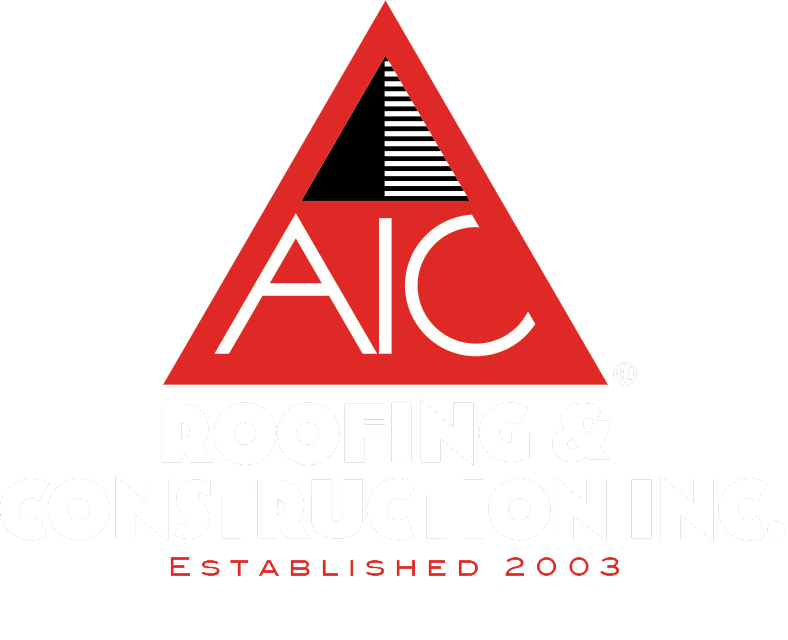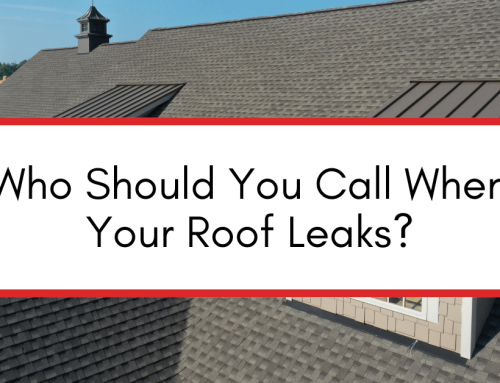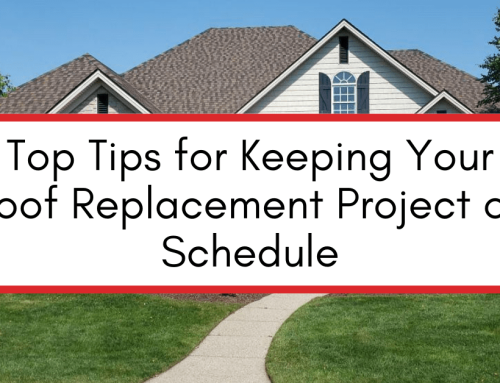Replacing your roof can be a stressful process. While gathering estimates, interviewing contractors, and picking shingle colors – you might be wondering how long your new roof will actually last.
New roofs (traditional asphalt) last about ten to fifteen years. Your roof’s longevity (and look) depends on a few aspects most consumers wouldn’t even know to ask about during their initial estimates or evaluations.
Below, we’ll explain an essential factor in the life of your new roof – roofing underlayment. Be sure to ask your roofing contractors what type of underlayment they use during your bidding process.
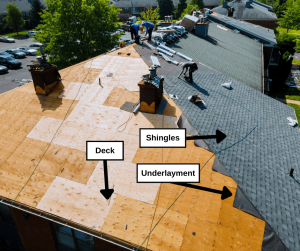
What is a “Deck”?
The roof deck is the base layer of your roof – the plywood boards your shingles are attached to. Since your shingles are not waterproof, protecting the deck is critical to preventing leaks and ensuring your roof stands the test of time. Roofing underlayment is an extra layer between your shingles and deck to provide additional protection from the elements.
Types of Underlayment
There are two main types of underlayment – felt paper and synthetic. Each has its own set of advantages and disadvantages. Which one you select is determined by your roofing contractor’s comfort level and local construction standards and regulations. The majority of shingle manufacturers require underlayment.
It’s important to note that the type of deck protection (or underlayment) used may affect the price of your roofing estimate. When comparing prices across companies, it’s crucial to compare all aspects of your roof replacement, including underlayment.
Felt Paper Underlayment
Felt paper underlayment is one of the oldest types of underlayment used. It is cheaper than synthetic underlayment, making it an attractive option for homeowners. While different types of paper underlayment are more durable (for example, No. 30 felt is more durable than No. 15 felt), paper underlayment regularly tears during installation. When your roofing underlayment has tears or openings, it can absorb moisture before your shingles are put on.
If the weather during your roof installation is particularly rainy or humid, the underlayment can become wavy from the moisture. Depending on the severity, this can carry through to the look of your shingles – giving your new roof a wrinkly or wavy appearance, a condition called “mirroring.”
Synthetic Underlayment
Over the last few years, synthetic underlayment has become the most popular option for homeowners. Most of the benefits of synthetic underlayment are related to its quality and performance. However, it also has advantages, which aid in constructing a higher-quality roof.
- It lays flatter and resists wrinkling.
- It won’t rip or forfeit performance while installers work.
- It withstands exposure.
- It even improves worker safety by minimizing the risk of sliding.
Which Deck Protection is Best?
Many reputable roofing contractors, AIC Roofing included, automatically install synthetic underlayment. Felt paper underlayment can cause problems during installation and after. We highly recommend synthetic underlayment to increase the longevity of your roof.
Asking informed questions during your bidding process and hiring a roofing contractor you trust can help prevent later headaches. If you have questions about your roof or any of the layers under your shingles, contact AIC Roofing & Construction in Central Kentucky to get a free roofing estimate!
3-tab attics barns chimney choosing a contractor commercial cost curb appeal DIY estimate financing flashing flat roof GAF glossary gutter replacement gutters gutter size gutter system ice dams inspections insurance missing shingles roof design roofing materials roofing system roof leak roof maintenance roof materials roof repair roof replacement roof shapes roof types shingle ratings shingles siding siding materials siding replacement skylights storm damage underlayment ventilation warranty winter
